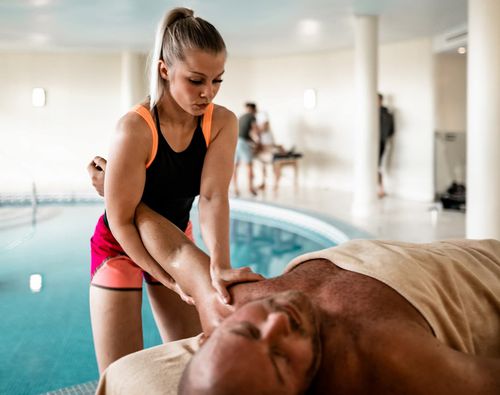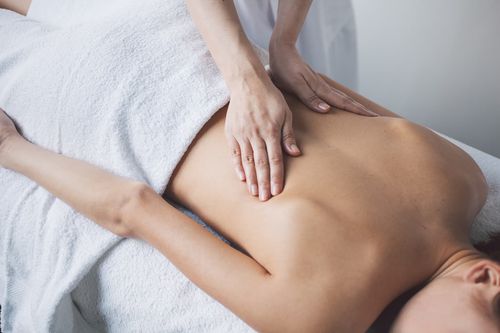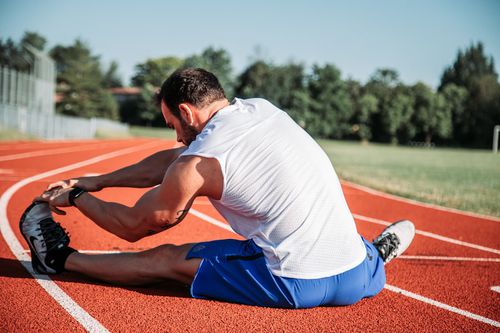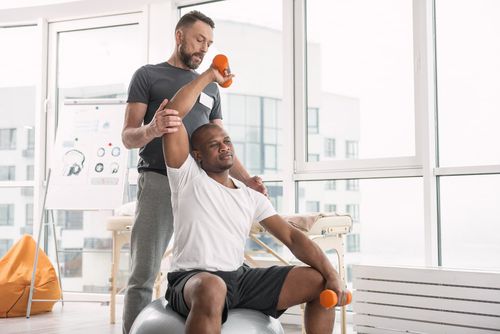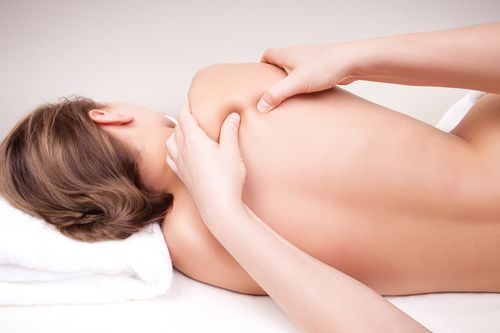What is Sports Massage?
Sports massage therapy is a type of massage that is specifically designed to treat sporting-related injuries or ailments. Sports massage does not intend to be a relaxing massage. At times, it can become quite vigorous. Sports massage does not necessarily cater for sportspeople only. It also benefits anyone who exercises, even if it is mild exercise like regular walking.
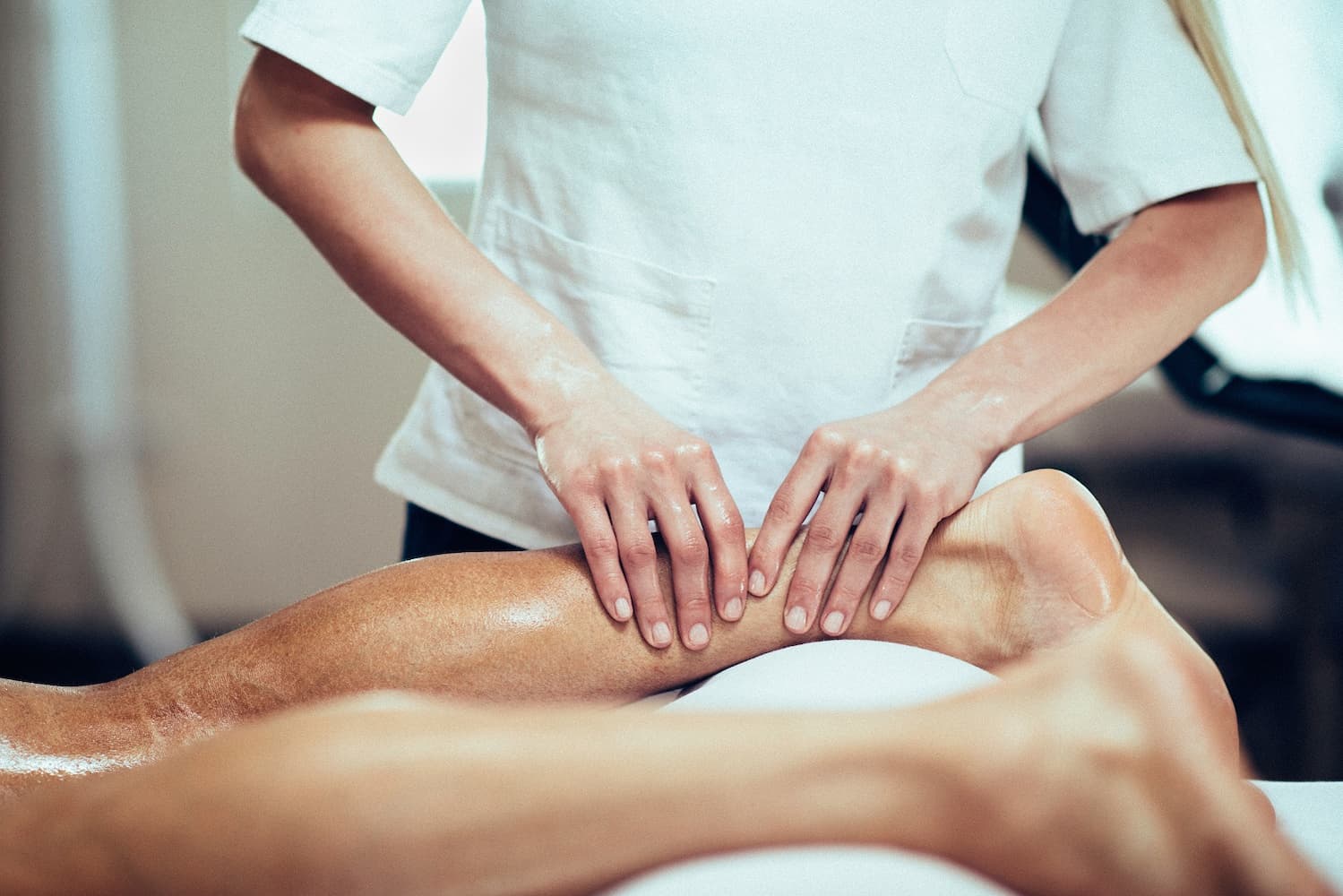
How Does Sports Massage Work?
Sports massage is developed to prevent and provide relief from injuries and conditions arising from exercise and sports activities. It is meant to reduce and relieve stress and built-up tension within the soft tissues while exercising. It can be performed before, during or after an exercise or sports activity.
It uses specialised techniques that are designed to help increase performance and endurance, minimise the chances of getting injured, and if there is an injury, it reduces the recovery time needed. The most common techniques that a sports massage therapist employs are effleurage, petrissage, cross-fibre friction, deep tissue therapy, myofascial release and stretches.
A sports massage therapist helps in conditioning the muscles of athletes of all levels. They identify the frequency and the types of physical activities performed by the clients, and then they use these information to determine which massage techniques to apply to the muscle groups.
Athletes work closely with sports massage therapists to help them condition their muscles before a sporting event. Also, such therapists help their bodies to recover after a strenuous activity or athletic performance.
What are the Benefits of Sports Massage?
Sports massage helps promote the healing of various sports or exercise-related injuries and maximise performance. It breaks down scar tissue to reduce pain, increases range of motion and enables the body to sustain long hours of exercise and training. Getting a sports massage will also resolve and prevent musculoskeletal issues and common sports-related injuries such as the following:
- Splints
- Tennis elbow
- Sprains and strains
- Corked thigh
- Swelling
- Muscle tension
- Poor circulation
- Knee injury
- Carpal tunnel syndrome
- Plantar fasciitis
- Tension headaches
- Fatigue
- Overexertion injuries
What Can You Expect From Sports Massage?
Like other manual therapies, sports massage requires time and patience to produce lasting results. During an initial consultation, the sports massage therapist will assess the client's health, movement, posture and injuries — old and new. The former will also ask the client which types of sports they engage in, how often they train, and the schedule of their sporting events. If the client is not an athlete but does a lot of physical activities and gym work, the therapist will record their exercise routine.
Once they have gathered all of the crucial information, the therapist can come up with a treatment plan and decide which techniques to include in it. The session can last an hour or an hour and a half. After which, the client may feel thirsty and sore for a couple of days as their body adjusts to the removal of waste products from the muscle tissue. They are advised to drink plenty of water following treatment to avoid dehydration and weakness.
Wearing a pair of shorts in lightweight fabric matched with a loose shirt or sports bra is advised to clients. Pre-event and post-event massages are highly recommended to professional athletes. Even if they don't have an event in the offing, getting a massage at least once a week will improve their strength and stamina.
Is Sports Massage Safe?
Sports massage is a safe approach to treating sports or exercise-related injuries. However, people with medical conditions need to consult their doctors first before getting this type of massage.
